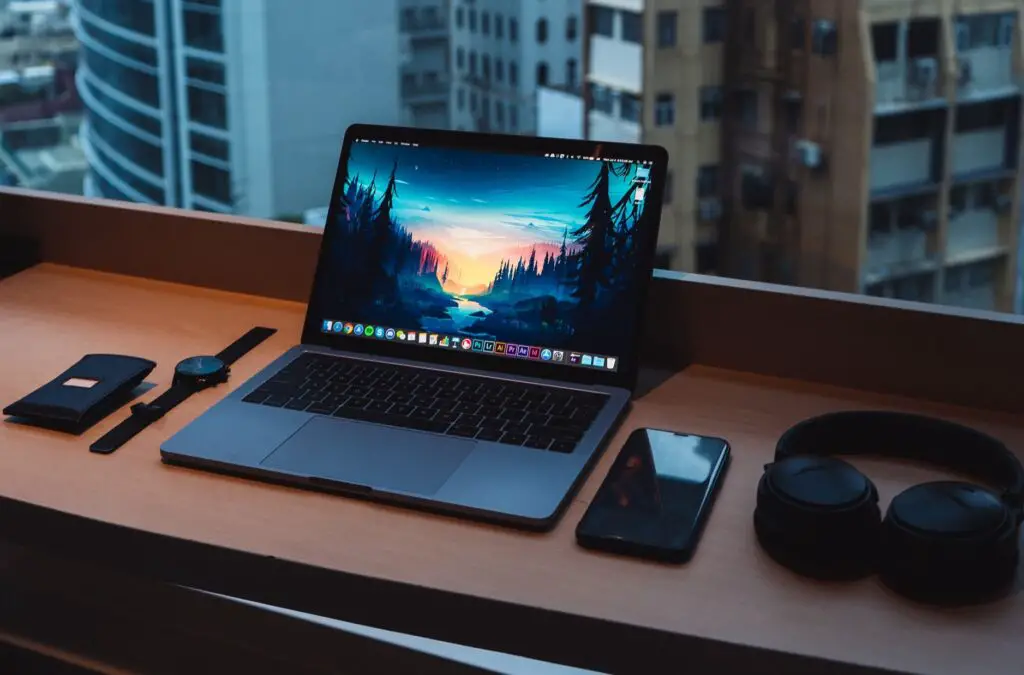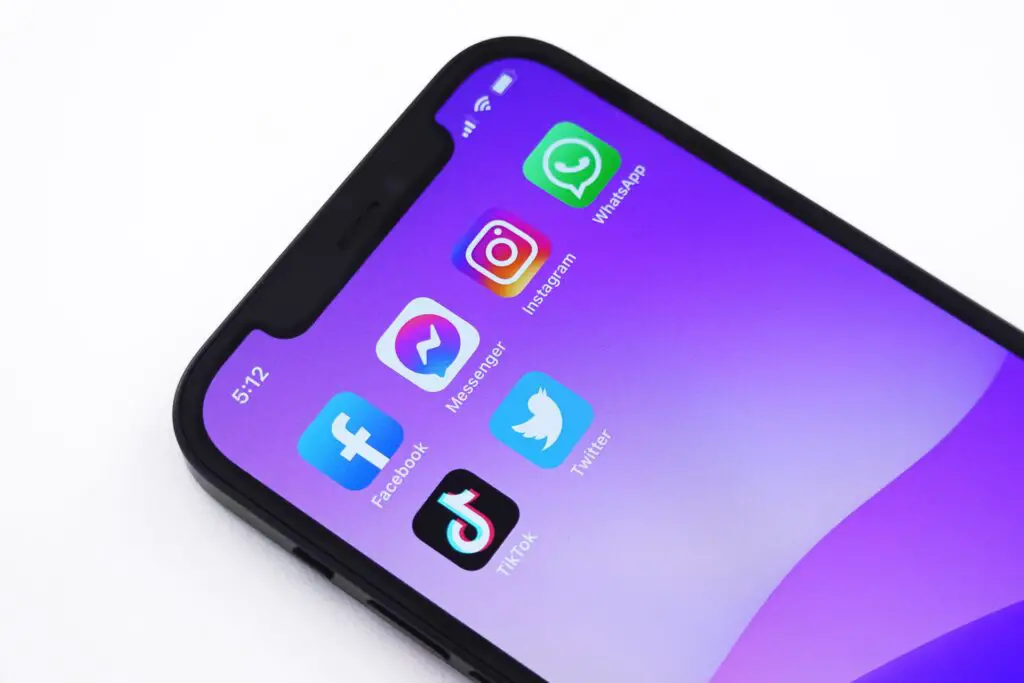The present advanced displays vary from yesterday. They range from handheld to TV-sized, yet the more significant part of them share one thing practically speaking: many we’d call Retina-class.

Numerous merchants sell workstations with these higher-thickness displays, which has important ramifications for the pictures you use across all channels, going from social through to email, sites, versatile, TV, and print.
What is a Retina-class display?
Apple presented the Retina display in 2010 with the iPhone 4, carrying it out across more gadgets throughout the following not many years.
Even though Apple reserved the Retina name, different sellers followed accordingly with comparable display cases. Presently, most screens from portable to work areas offer a similar fresh review insight.
With Retina, Apple got fourfold the number of pixels into a similar space, making a thickness of 326 pixels for every inch (PPI).
While reviewing at 10-12 inches, individuals quit seeing individual pixels at densities of around 300 PPI, making Retina displays smooth and fresh.

Tablets and scratchpads have a lower thickness (the 2018 iPad Pro has 264 PPI while the 2018 MacBook Pro has 227 PPI), yet individuals frequently view from a more considerable distance. They’re as yet noteworthy densities contrasted with screens a decade prior.
For what reason would it be advisable for me to upgrade my pictures for Retina-class displays?
Before the presentation of Retina-class displays, the average screen thickness was far lower. Electronic pictures included an adequate number of pixels to cover specific tallness and width at a standard 72 PPI.
Many incorporated no more effective pixels since they needed to monitor data transfer capacity.
Expanding pixel thickness influences the nature of those pictures since it packs every one of their pixels into a more modest space.

Displaying the image at a similar size as before extends it, putting holes between its pixels. The outcome? A fluffy picture with barbed edges that jolts the watcher and degrades your image.
Anybody that has worked on paper will be acquainted with this issue. A picture with barely adequate pixels to fill a website page at 72 PPI will look fluffy when printed standard size in a magazine at 300 dabs for every inch (dpi).
You tackle this issue on Retina-class displays similarly as you address it on paper: by expanding the goal (the stature and width of the picture in pixels).
Like that, in any event, when higher pixel densities fit those pixels into a more modest region, there will be an adequate number of pixels to display the picture at a nice size on the screen.
More goals imply more significant document sizes. That used to be only a print prerequisite, yet presently it applies in all cases, from site standard promotions to web-based media and blog entries.
How gigantic should your picture goal be? It’s hard to say since somebody could see it on a tablet, a telephone, a PC, or a smart TV. That is why Facebook doesn’t suggest picture goals but forces an outright minimum of 1024 x 1024 for merry-go-round pictures and Instagram channel pictures.
“Transfer the most elevated goal picture accessible,” it prompts. “There is no maximum goal”. That is because Facebook realizes that the quality and variety of presentations will develop.
Gone are the days when individuals would peruse one gadget. Today, watchers access pictures for the most part from their cell phones utilizing an assortment of portable applications. 52.96% of visits came from mobile and tablet gadgets in March 2019, contrasted with 47.04% from work areas, as per StatCounter.
The pixel densities on those cell phones are expanding. Individuals revive cell phones somewhat rapidly because of agreement plans so that they will see your pictures on ever-more excellent presentations. Apple’s most recent XS Max iPhone has a thickness of 458 PPI.
Africa Images
That is the reason it pays to future-evidence your pictures for advancing prerequisites. By picking high-resolution images all along, you can ensure that your mission will look immaculate on media going from brilliant watches to web-based media, sites, and email to print, also fresher media like increased and augmented reality.

Africa Images offers Retina-class, excellent photos and delineations to help various crusades across this multitude of channels, covering user privileges across multiple organizations, including massive, medium, and petite.
It covers an expansive scope of authorizing and media types, including sovereignty unrestricted, video, liveliness, vectors, and photographs. Observe the top-notch symbolism you want to fuel your missions.




